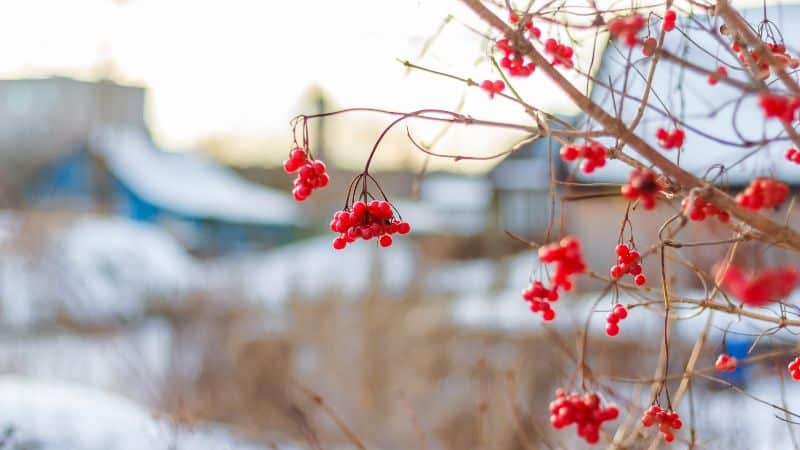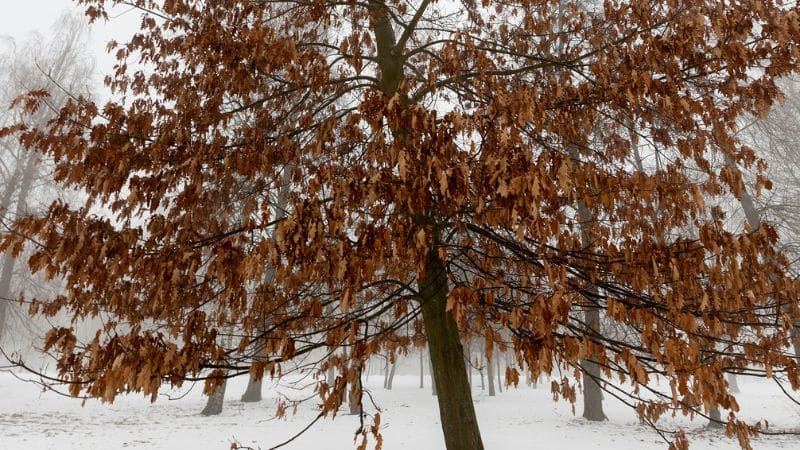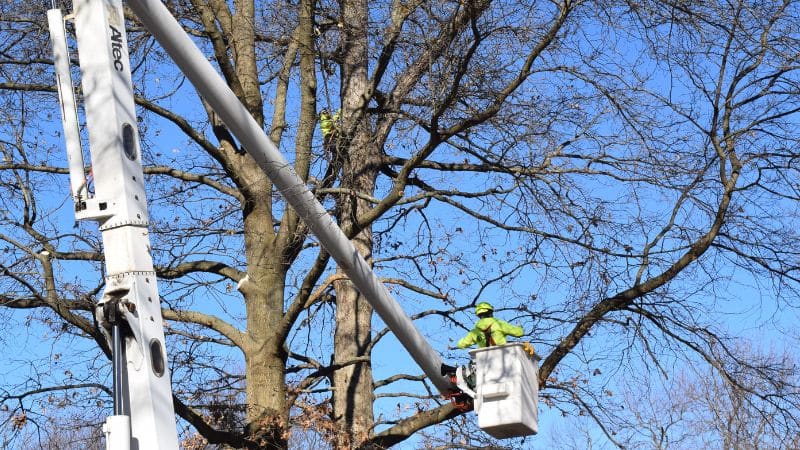If you’re a property owner passionate about the environment, it’s essential to understand which native trees are considered protected species in Pennsylvania. These aren’t just beautiful elements in our landscape; they are crucial to our ecosystem. Governed by various laws and regulations, these trees are recognized for their unique environmental contributions.
Let’s dive into what makes a tree a protected species, explore the different classifications for protected trees in Pennsylvania, and learn how the laws relating to these types of trees affect you. Once you know more about these magnificent trees, we know you’ll appreciate them even more for all they do for us!
Key Takeaways
- Understanding protected species of trees is crucial for environmentally conscious property owners in Pennsylvania.
- The Pennsylvania Department of Conservation & Natural Resources plays a key role in safeguarding rare and significant trees, ensuring ecological balance.
- Classifying protected plant species involves legal responsibilities, including restrictions on removal and disturbance.
- Homeowners can aid conservation by learning about native species, creating eco-friendly gardens, and opting for professional tree care.
- The Department of Conservation & Natural Resources’ plant classification system incorporates inputs from expert groups and public forums, ensuring well-rounded conservation decisions.
Understanding Pennsylvania’s Protected Tree Species
In Pennsylvania, the Pennsylvania Department of Conservation & Natural Resources (DCNR) is a key player in protecting our trees. This organization identifies and guards rare, endangered, or ecologically important trees. Through research and conservation efforts, they work to preserve these species for the future.
The DCNR also keeps a detailed database of these trees, which helps make smart decisions about land use and development that might affect them. It’s a vital balance between progress and preserving our natural environment.
What Makes a Tree a Protected Species?
When we consider which trees are given protected status, a few key factors come into play.
- Rarity – In some cases, a tree might be quite rare throughout Pennsylvania or within a specific local area. When the numbers of these trees are low, it’s vital to protect them to prevent their complete disappearance.
- Endangerment – Then, there’s the issue of endangerment. This happens when trees are at risk due to losing their natural habitats, environmental changes, or direct human impacts.
- Ecological Significance – Another important aspect is ecological significance. Some trees are crucial for maintaining the balance of certain ecosystems. They could be providing unique habitats for wildlife or contributing greatly to the diversity of life in their region. These trees are essential, often playing a role that goes unnoticed, but they’re crucial for the health of our forests.

Mountain-Ash Tree with berries.
Pennsylvania’s Plant Protection Classifications
In Pennsylvania, there are nine categories used to classify plants and trees that require some level of protection. The most important categories are endangered, extirpated, and rare.
Endangered Tree Species in Pennsylvania
This category is used for plants on the brink of extinction within our state. Many are struggling due to habitat loss or over-exploitation by humans.
There are twelve species of endangered trees in Pennsylvania:
- Mountain Alder
- Oblong-Fruited Serviceberry
- Pumpkin Ash
- Blue Ash
- Balsam Poplar
- Beach Plum
- Canada Plum
- Southern Red Oak
- Willow Oak
- Shumard Oak
- Mountain-Ash
- Possum Haw Viburnum
Extirpated Plants & Tree(s)
These are plants believed to be extinct within Pennsylvania. They might still exist outside our state, but not here. If any of these are found, they’re immediately considered Endangered.
There is only one tree in this category, the Atlantic White Cedar.
Pennsylvania’s Rarest Tree
These are the uncommon plants of our state, either limited to specific areas or just found in small numbers throughout.
There is one tree species on this list, the Sand Cherry.
And Then There Are These …
Other categories include:
- Threatened
- Vulnerable
- Special Concern Population
- Tentatively Undetermined
- Unlisted
- Wild Plants
Most of the species that make up these categories are plants and shrubs, not trees.
The Protected Tree Classification Process
The DCNR uses a thorough method for deciding how to classify our state’s plants. They work closely with groups like the Vascular Plant Technical Committee and the Rare Plant Forum, where both professionals and plant enthusiasts gather.
These groups meet regularly to review and discuss everything from the latest plant research to trends in species and their habitats. They consider a multitude of factors, like how many populations of a plant exist, the threats they face, if their habitats are declining, and our overall knowledge of the species. All this information helps the DCNR make informed decisions about protecting our state’s plant life.

Shumard Oak Tree
The Legalities: How Tree Protection Laws Affect You
In Pennsylvania, Title 17 governs protected plant species. It falls under the jurisdiction of the Department of Conservation and Natural Resources (DCNR) and carries several legal implications.
Restrictions on Tree Removal and Disturbance
Once a plant species is classified as protected (endangered, threatened, rare, etc.), removing, cutting, or disturbing these plants without proper authorization becomes illegal. This applies to both public and private lands.
These restrictions do NOT apply to the landowner. So, if you have a protected tree on your property and you need to remove it you can legally do so. However, we recommend that you consider the environmental implications before deciding to remove a protected tree, even if it’s on your own property.
Don’t Disturb Trees in State Parks and State Forest Lands
Out for a hike and see a neat plant you’d love to take home? Think twice before you pluck that pretty flower, shrub, or sapling out of the ground. Disturbing, picking, or taking wild plants (including trees) from State Parks and State Lands is illegal. Fines can be upwards of $100 per instance.
No Transportation Allowed
It is also illegal to transport protected species. So, if your sister is an avid gardener who would love to get her hands on that lovely shrub in the back corner of your lot, make sure it’s not on the protected species list before she transplants it in her own yard!
Why Tree Conservation Matters
Conservation of plant species, especially those classified as protected in Pennsylvania, is more than just an environmental responsibility; it’s a crucial step towards preserving our natural heritage and maintaining ecological balance.
Each plant species plays a unique role in the ecosystem, from supporting wildlife to contributing to soil health and air quality. Protecting these plants helps maintain biodiversity, vital for a resilient and healthy environment.
Conservation efforts also ensure that future generations can enjoy and learn from our diverse natural landscapes.

How Homeowners Can Help Protected Trees
As a homeowner, you have a unique opportunity to contribute to conserving protected plant species. Here are some practical steps you can take.
Learn Which Protected Plants Grow in Your Area
Learn to recognize the native and protected plant species in your area. Pennsylvania is a large state with many different ecosystems that affect the types of trees and plants that grow there; not all protected plants are found throughout the state. Understanding the significance of these plants can help you make informed decisions about your property and garden.
Create a Wildlife-Friendly Garden
Plant native species in your garden. Plants that are native to your part of the state are well-adapted to the local climate and soil, require less maintenance, and provide essential habitat for local wildlife. Plus, many native trees, shrubs, grasses, and plants are beautiful (don’t let myths about “weedy” native plants fool you!).
Avoid Disturbing Natural Habitats
Be mindful of natural habitats on or near your property. Avoid activities that could disturb these areas, especially if they are home to protected plant species.
Use Sustainable Gardening Practices
Implement sustainable gardening practices like composting, deep root fertilization, using organic and natural pest control methods, and avoiding harmful chemicals that can damage the local ecosystem.
Effective Pest Management
To safeguard protected species, implement regular pest management practices, such as addressing infestations like the Emerald Ash Borer. Clauser Tree Care provides expertise in managing such infestations while preserving the health of trees and the ecosystem.
Proper Tree Maintenance with Professional Assistance
Regular and proper maintenance of your trees is key to their health and longevity. Partner with a professional tree service like Clauser Tree Care for expert care. We can help with pruning, disease management, and ensuring that your trees are in the best condition to support the local ecosystem. Using professional tree care services also ensures that any work done is in compliance with regulations surrounding protected species, safeguarding these vital natural resources.
Frequently Asked Questions
Q. How can I determine if I have any of these protected species on my property?
A. Check out this full list of classified plants. If you’re still not sure about how to identify protected species on your property, you can seek help from professionals like the specialists at Clauser Tree Care.
Q. What measures are the Pennsylvania Department of Environmental Protection taking to regrow these disappearing species?
A. They’ve established 35 wild plant sanctuaries in state forests. The preserves contain many of the state’s rarest and most threatened plants, so they’re keeping the locations a secret! Read more about the program >>
Q. Why is it such a big deal if the Fruited Serviceberry, for example, becomes extinct?
A. The extinction of a tree species is a concern because it disrupts ecosystems, leading to biodiversity loss, habitat destruction, and the loss of valuable ecosystem services. Trees play a crucial role in maintaining ecological balance, and their disappearance can have far-reaching consequences for both nature and humans.
Q. How many plant species are there in Pennsylvania, and how many are considered rare?
A. Of the 2,100 species of native plants found in Pennsylvania, about 350 are now considered rare, threatened, or endangered.
Clauser Tree Care: Your Partners in Conservation
Understanding and protecting Pennsylvania’s protected tree species is not just an environmental responsibility, but a vital step towards preserving our natural heritage and maintaining ecological balance. Each tree species plays a unique role in the ecosystem, and their conservation is crucial for biodiversity, wildlife habitat, and our overall well-being.
Clauser Tree Care, with our expertise in tree care, partners with landowners in this conservation journey. Together, we can ensure a greener and healthier future for Pennsylvania.
Call Clauser Tree Care today at 215-542-8291 to protect our precious trees and the environment they support.

About Clauser Tree Care
From who you talk to on the phone in our office, to our courteous and experienced work crews who provide your service, all of the hard-working team members at Clauser Tree Care strive for complete client satisfaction. Our job is simply not done until you are pleased with the experience that you have had working with our company. Founded more than 25 years ago on the principles of honest work and arboricultural best practices, we strive for a higher standard of care for a greener future.







